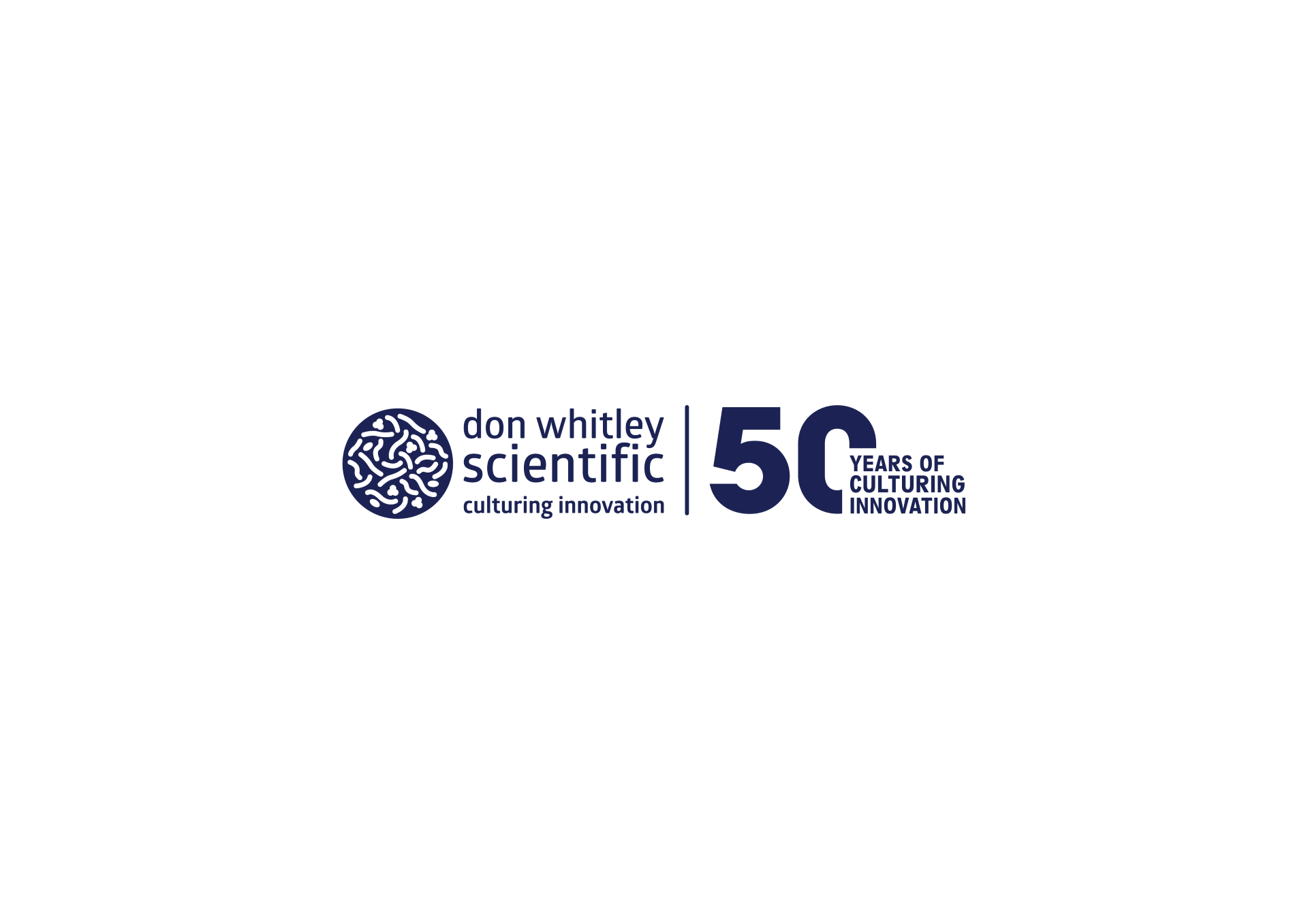
Researchers from Oxford and Stanford universities have been using an Whitley H35 Hypoxystation to look at how the hypoxic conditions of tumours repress DNA repair pathways that protect against genomic instability. Hypoxystation users Leszczynska et al describe the interaction of DNA damage kinase ATM with the ATM interactor ATMIN within hypoxia as well as the downstream consequences for DNA repair. An abstract from the article is posted below, as well as a link to the full article.
ATM activation is induced at severe hypoxia as a result of replication stress, and was thought to be dependent on the ATM interactor ATMIN, especially in the absence of DNA damage. Using ATMIN siRNA, ATM inhibitors, and knock-out cell lines, the authors were able to establish that ATMIN is not required for the activation of ATM in response to hypoxia-induced replication stress, and that ATMIN is repressed at hypoxia, an effect mediated by both p53 and HIF-1. The cells were exposed to varying degrees of hypoxia, from mild (2%) down to extreme (0.1%) in an Whitley H35 Hypoxystation by Don Whitley Scientific. The closed cell culture environment created in the Hypoxystation mimics physiological conditions with regard to oxygen, CO2, temperature, and humidity and enables cancer researchers to obtain a clearer picture of in vivo processes. qPCR analysis of cells in response to hypoxia and exposure to inhibitors of proteasomal degradation indicate that the repressive effect of hypoxia is due to inhibition of translation as opposed to transcription or altered stability of ATMIN.
Using ATMIN siRNA at various levels of hypoxia, the authors found that loss of ATMIN impairs base excision repair BER and increases sensitivity to DMA damaging agents such as methyl methanesulfonate MMS. Decreased ATMIN levels also decrease the expression of dynein light chain LC8-type 1 DYNLL1, again in a p53-dependent manner. Thus, the authors have found a new link between tumor hypoxia and ATMIN-regulated DYNLL1 expression. Loss of DYNLL1 in hypoxic tumors affects ciliogenesis, mitosis, cellular localization of proteins, to name a few, and justifies further research into the roles of ATMIN and DYNLL1 in cancer.
The full paper can be read here – Mechanisms and consequences of ATMIN repression in hypoxic conditions: roles for p53 and HIF-1


 au
au

 xEnglish
xEnglish